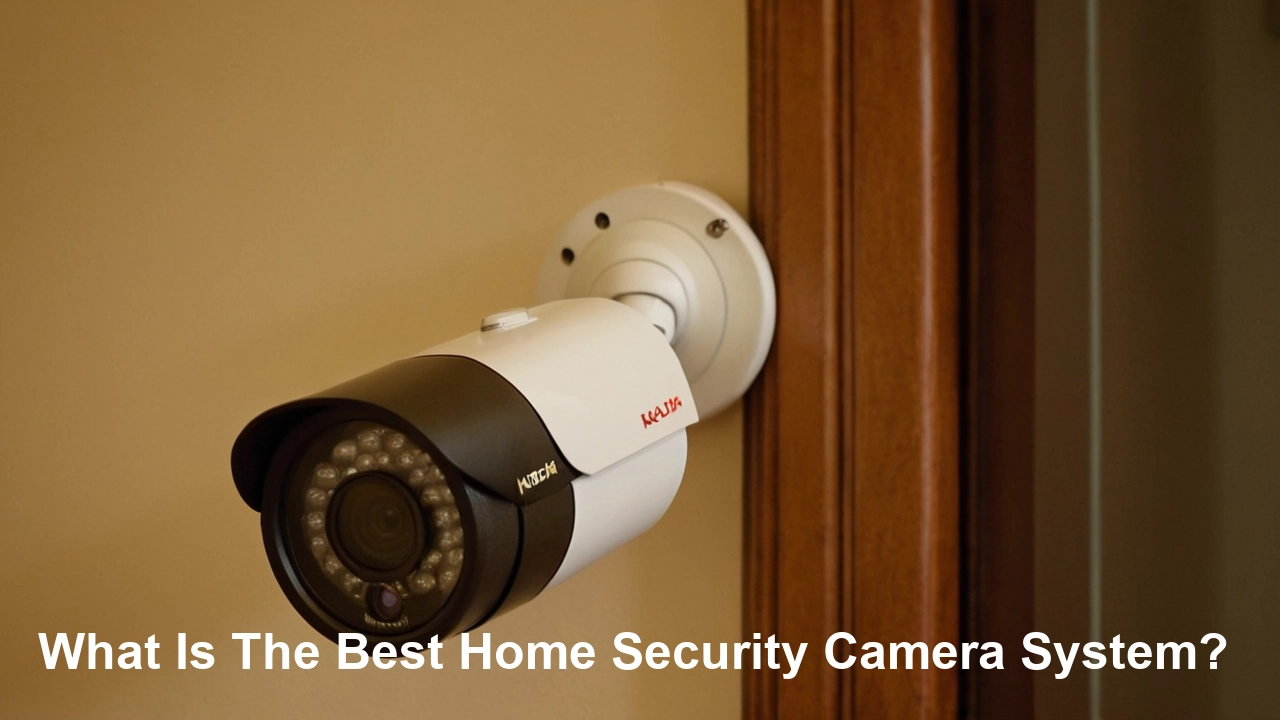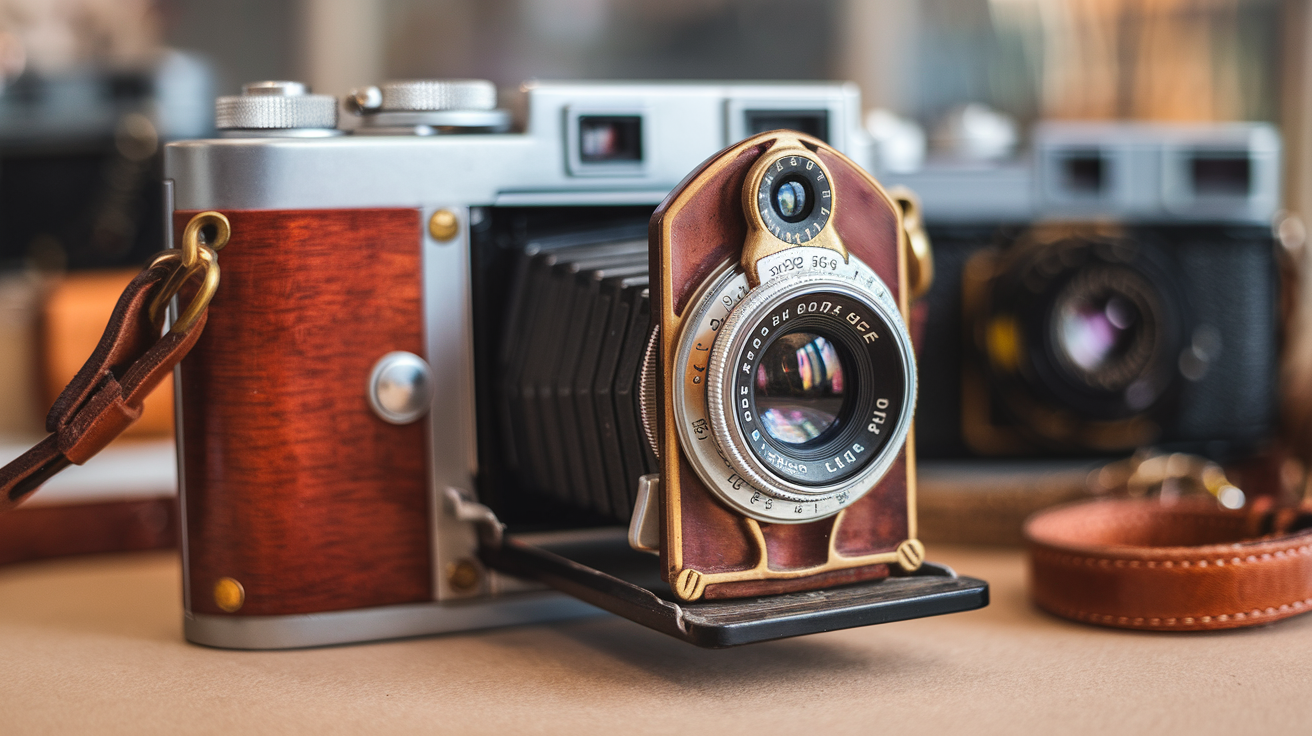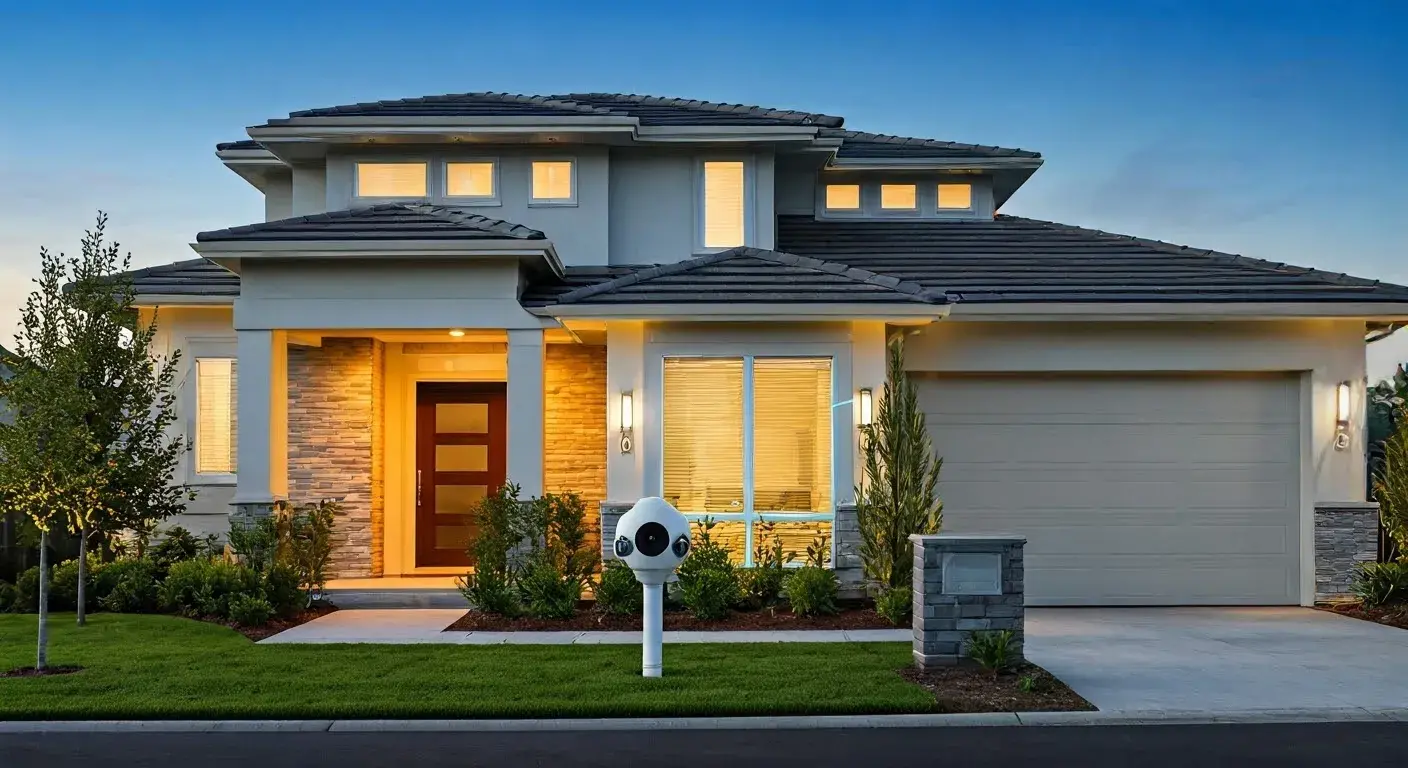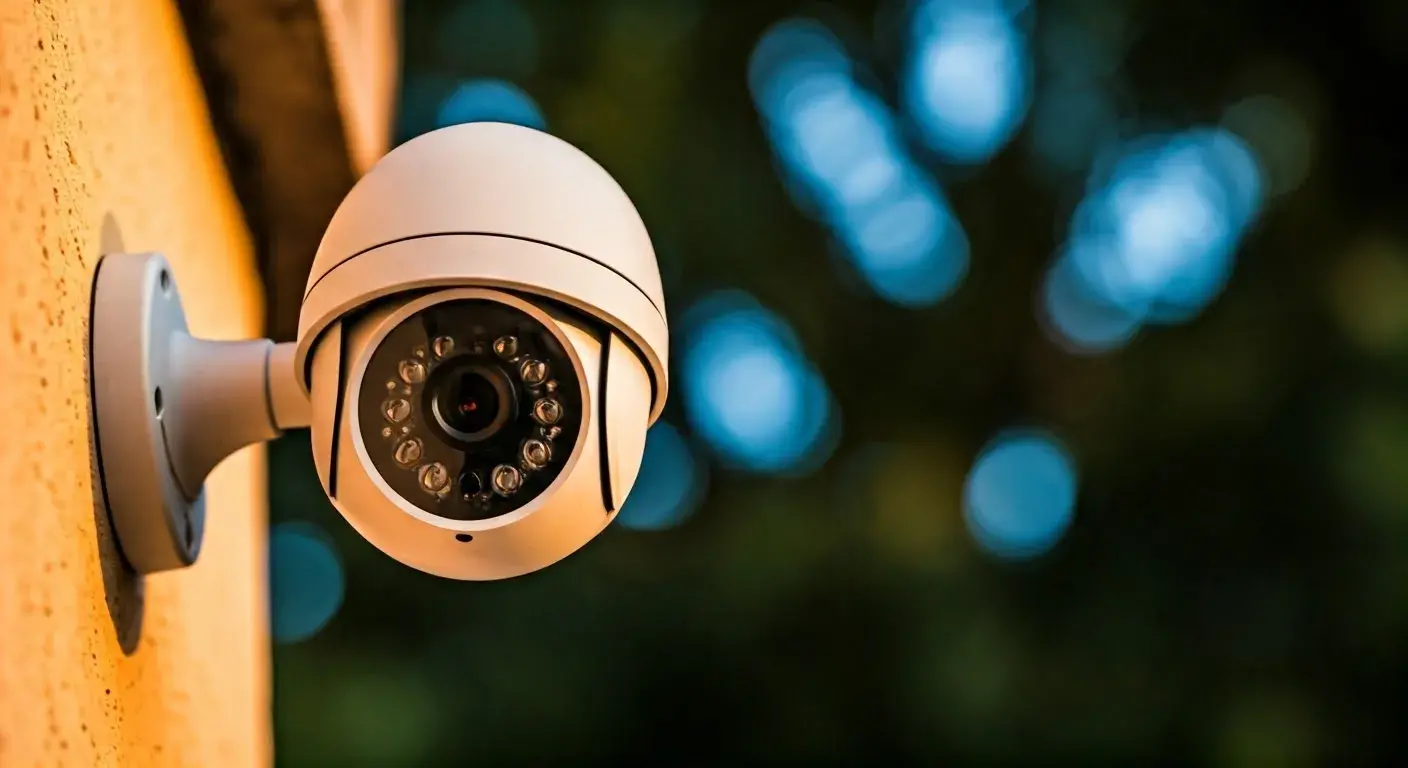The following are the best home security camera systems that you should consider to have at your home.
One of the best ways to prevent burglars and ensure that your home is secure is by installing home security camera system. This makes it very difficult to decide on which system to use given the many systems that are available in the market. In this article, you will learn about the considerations to make when choosing home security cameras and some of the top systems to go for.
Image Quality When deciding on home security cameras, one of the fundamental aspects is the picture quality. Ideally, choose a camera that will record high-quality footage during the day and at night. The camera resolution can be expressed in terms of megapixels or TV lines. Higher resolution means sharper image quality. The majority of the specialists are the 1080p or 4K resolution camera is the best for this purpose.
Another factor that you will want to look at is the field of view of the camera. A wider field of view will be able to capture more of the environment around your house. It is recommended that the field of view should be between 80 and 130 degrees. Other aspects like Pan/Tilt/Zoom also enable you to view in various directions without having to physically rotate the camera.
Another important factor is night operation capability. Night vision enables the camera to record in low light conditions and in the dead of the night. Night vision black and white cameras provide quality images while night vision color cameras give even clearer images.
Smart Features A majority of the home security cameras available in the market today come with smart features that are hinged on artificial intelligence. These features include:
-
Motion detection alerts - Get informed when the camera records motion.
-
Person detection – This aspect will enable the camera to notify you of the movement of people and leave out tree branches or moving cars.
-
Facial recognition – the ability to detect and recognize human faces and get personalized notifications when people enter the home. Useful for determining who is supposed to be on your property and who isn’t.
-
Doorstep delivery – Get notified when a parcel is delivered right to your doorstep.
-
Sound features - Microphones built into the cameras will notify you in the event of a loud noise such as the shattering of glass.
Connectivity While researching home security cameras, you should ensure you know the connectivity options available. Most cameras are usually controlled by a smartphone application and you can monitor the live or recorded footage from anywhere. For this purpose, cameras are connected to your home Wi-Fi network or may utilize cellular data through an LTE SIM card within the camera.
Wifi cameras are cheaper than those that use data charges as there are no recurring charges for using the camera. However, LTE cameras do not depend on the home internet connection, which makes them a bit different from other cameras. It means that if you lose a wifi connection, the camera will continue to send you the desired footage. We have suggested LTE cameras as a smart approach to enhancing the reliability of connectivity.
Power Source Security cameras installed at homes can be wired through an electrical outlet, battery operated, or a combination of the two. Plug-in cameras are always connected to power and have no installation freedom as they require closeness to an outlet. Battery-operated cameras can be installed anywhere since they do not require any wiring yet batteries require recharging after a few months. A significant number of the best outdoor security cameras are capable of functioning on both wired and wireless power options.
Best Rated Home Security Camera Systems Now that you know what features to evaluate, here are recommendations for some of the best home security camera systems on the market:
Now that you know what features to evaluate, here are recommendations for some of the best home security camera systems on the market:
-
Arlo Pro 4 System The Arlo Pro 4 features 2K HDR video quality, color night vision, and a 160-degree wide-angle lens. It has auto zoom and tracking to ensure that it records a video that is centered on people and or vehicles. Arlo Pro 4 is wire-free and works on wifi or LTE connection, has built-in spotlight and alarm siren, and is IP65 weatherproof for indoor and outdoor use.
-
Ring Alarm 8-piece kit with Ring Doorbell Pro 2 Ring has DIY home security kits with everything you need in one package with professional monitoring as an option. The 8-piece kit offers home intrusion protection and the Ring Doorbell Pro 2 records videos in 1536p HD with 3D motion detection. Additional features such as night vision, two-way talk, and Alexa integration add to the product’s utility.
-
Lorex Complete Wireless Security System This Lorex system includes eight outdoor 1080p cameras with 150-degree fields of view, night vision, and motion detection. The NVR recorder is equipped with a built-in 1TB hard drive however, there are possibilities to add more storage or to use cloud storage. It is an LTE and Wi-Fi-based system with battery backup.
-
SimpliSafe Ultimate Bundle SimpliSafe is a well-renowned no-contract home security company. The Ultimate bundle safeguards all the entries to your house with twelve contact and motion sensors. It also entails one SimpliCam outdoor security camera that captures 1080p HD footage with a 130-degree viewing angle, infrared night vision, one keypad, two key fobs, and one base station. Extra professional remote monitoring is available with the DIY SimpliSafe security system at an additional cost.
For choosing a home security camera system, one needs to consider image quality, intelligence, connectivity, and power options. Purchasing a good camera system makes families feel secure and offers another protective feature for your home. Consult the current available outdoor and indoor cameras to create a security system that fits your desired coverage and financial plan.






